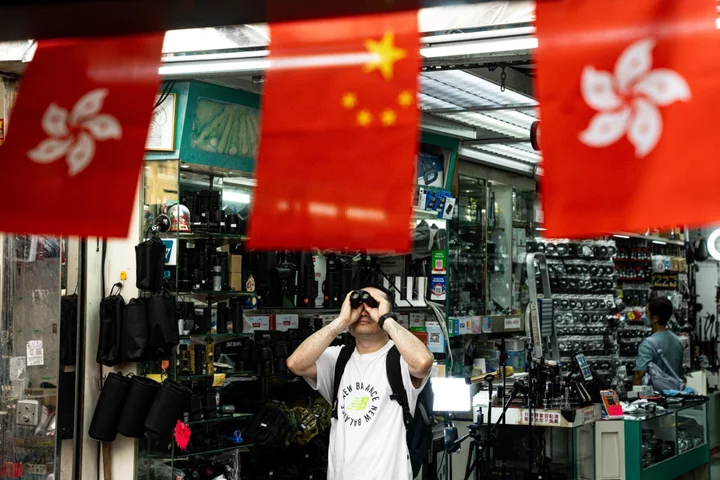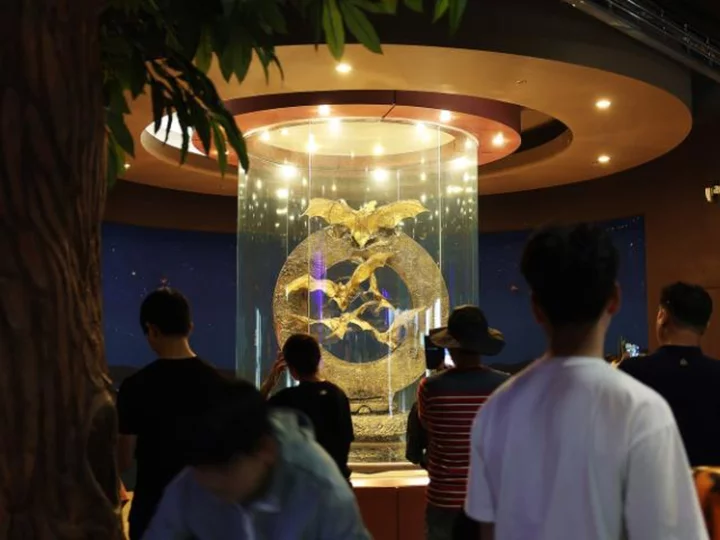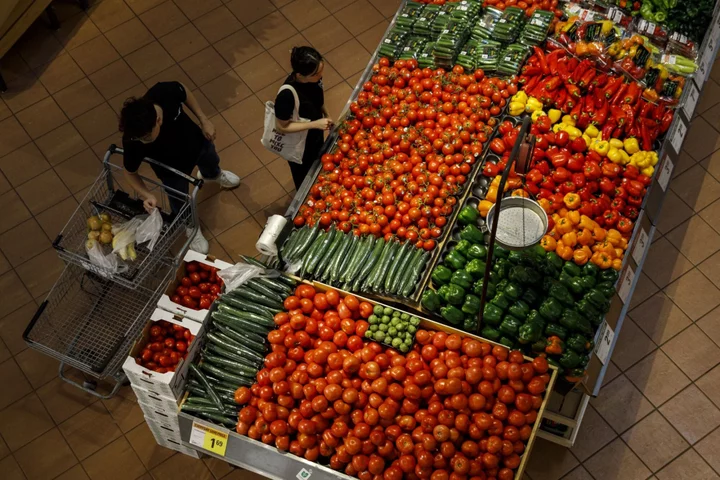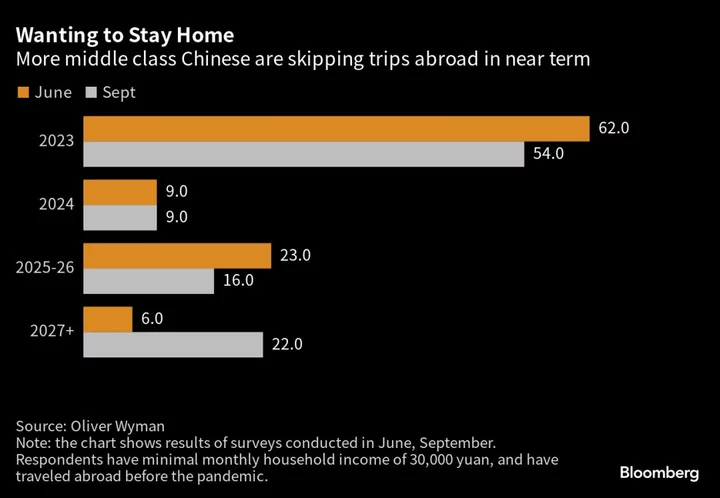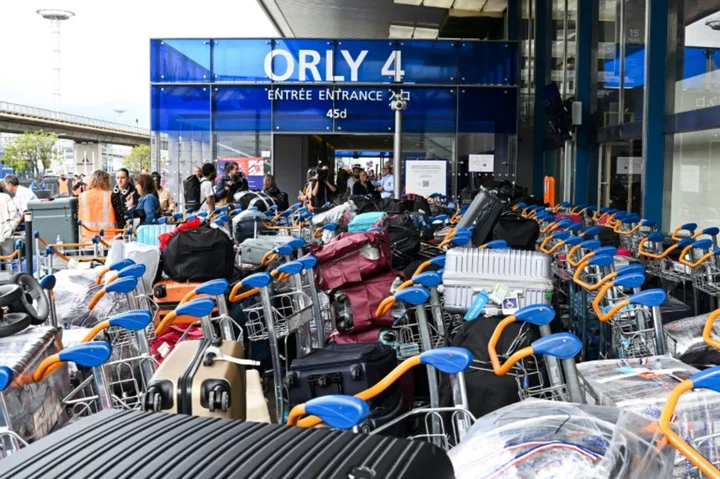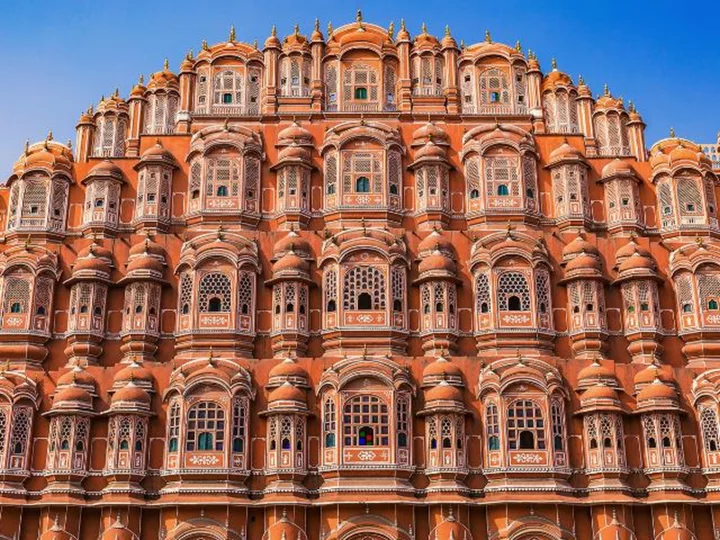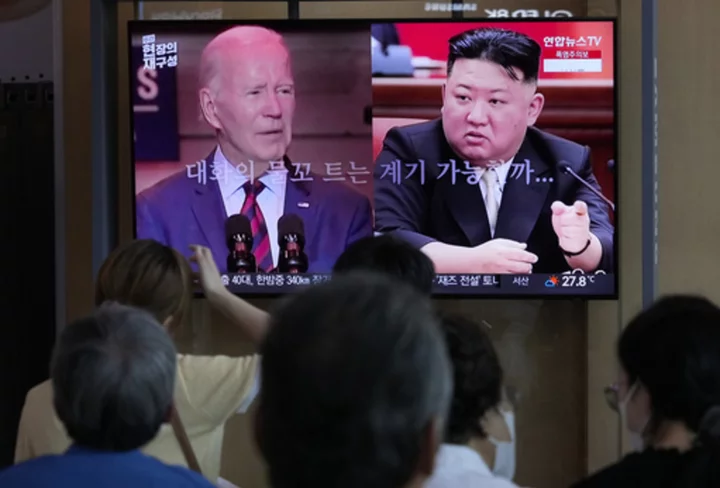Mainland Chinese visitors to Hong Kong used to flaunt Hermes handbags in shopping malls for social media photos. These days, the most popular kind of post is a tourist holding a McDonald’s takeout bag on a quiet street in the city’s Mid-Levels district named MacDonnell Road.
Hong Kong is welcoming a new kind of post-pandemic Chinese tourist, who instead of splurging on luxury items now opts for more low-key activities. Getting their cues from influencers on Xiaohongshu, an Instagram-like app, many take selfies on streets with quirky names or dense residential complexes, while others pose outside a police station that has been prominently featured in classic Hong Kong movies.
The changes in travel habits, brought on by a younger generation of social-media users, comes as the Chinese economy weaken, with younger people in particular adjusting their consumption patterns as youth unemployment remains high. Consumers across the country traveled and spent less than expected during the recent Golden Week holiday.
“Most of my time in Hong Kong now is for taking photos by following the footsteps of influencers on Xiaohongshu,” said Mike Guo, a tourist from Beijing, after taking pictures beside a road sign in the Kennedy Town neighborhood. The area has attracted many Chinese tourists for its proximity to the sea and trendy coffee shops.
That’s hurting Hong Kong’s hopes that it can turn to mainland Chinese tourists to prop up its sluggish economy. Before Covid, the tourism industry contributed around 3.6% of Hong Kong’s gross domestic product and employed about 232,700 people, accounting for about 6% of employment, according to the government.
During Golden Week, retail sales in the city were similar to that of a regular weekend in Hong Kong even though shops saw an increase of 20% to 30% in foot traffic, said Oliver Tong, head of retail in Hong Kong at JLL. The pessimism is even extending to the next Lunar New Year holiday, he added.
The sale value of luxury goods including jewelery and watches was HK$5.2 billion ($665 million) in August, according to the Census And Statistics Department, a 31% fall from the same period in 2018 before large-scale political protests and Covid-19 hit the city.
The retail and services industries further suffered as Hong Kong residents leaving the city outnumbered tourists coming from the mainland. There were a total of 1.5 million departures, while the number of travelers from the mainland stood at about 970,000, according to data from the Immigration Department.
Another major factor taking the sheen off Hong Kong is the strength of the dollar-pegged local currency, with the offshore Chinese yuan weakening almost 5% against the Hong Kong dollar since the beginning of the year. The two currencies now are close to parity.
“Very few people come to Hong Kong for shopping because it is not very cheap under the current exchange rate,” said Guo, who used to fly to Hong Kong once a month for shopping and buying insurance, but now thinks there’s no big price difference between the two places for luxury goods.
And while Hong Kong used to be the undisputed shopping destination of China, the city is now facing fierce competition from Hainan province. The tax-free tropical island in the country’s south is emerging as the hottest destination for luxury shopping, with global brands increasing their presence there. Last week, LVMH’s duty-free unit DFS Group announced that it would build a mega mall there, the company’s first in mainland China.
“Nowadays, I only buy luxury products in Sanya, Hainan, because I can get a better deal there,” said Jiaxing Shi, who was visiting Hong Kong for the first time from Guangzhou, a city just one hour away by high-speed train. Shi spent the afternoon taking pictures with her friends near a harbor-front coffee shop in Kennedy Town.
The changing behavior of Hong Kong’s biggest group of visitors is a wake-up call to its tourism industry, which has been criticized in recent years over its complacency to slowness to evolve beyond promoting consumption-led attractions. For example, the government recently launched a campaign to promote Hong Kong’s nightlife by setting up night markets selling local snacks and souvenirs, which attracted more locals than tourists.
Paul Chan, co-founder of Walk in Hong Kong, a company offering walking tours, believes that the tourism industry should take the opportunity to change. Beyond shopping malls and restaurants, the city has distinctive cultural offerings like its old neighborhoods and more rural areas, he said.
“We urgently need to diversify our image to let rest of the world know that we have much more to offer,” said Chan.

